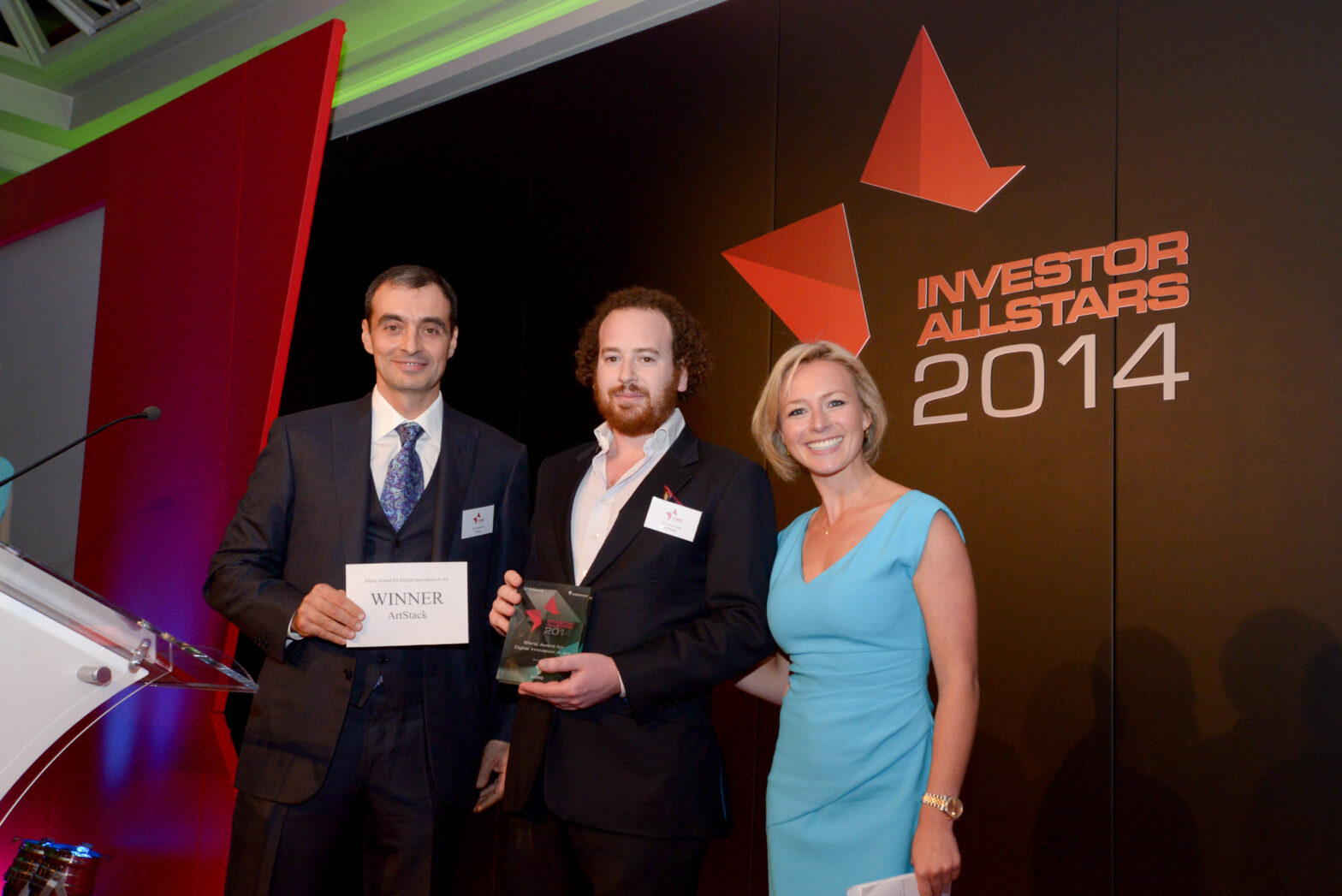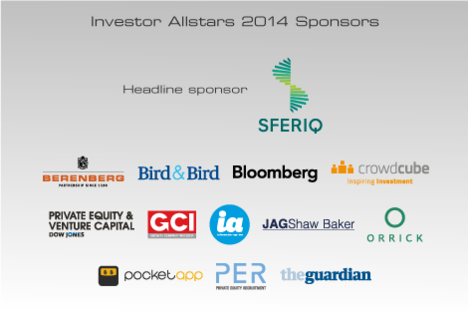When Stephen Fry starts using your app you know you’re probably on to a winner. As someone who is famously ahead of the curve when it comes to digital innovation, Fry is a fan of ArtStack – a tool which allows users to zoom in on 500,000 artworks.
In picking up the maiden Sferiq Award for Digital Innovation in Art at the 11th annual Investor Allstars awards in September, ArtStack proved it was a business that has used digital technology and the internet to disrupt and innovate the art field.
To find out more, GrowthBusiness spoke with co-founder Ezra Konvitz, who filled us in on how the company started life and where the art market is likely heading.
What was the inspiration behind the business?
We wanted more people to feel inspired more often. When we launched ArtStack there was no good way to see art online and in particular, no way to discover new art. It’s a problem for art professionals and, more particularly, for people who want to get involved but don’t know where to start.
Simultaneously, a hugely fragmented industry of artists and galleries struggle to reach relevant audiences, so we created a way to harness the power of social recommendations to efficiently show you art you’ll – without needing to search for it – because people have always discovered art through personal recommendations.
How would you describe the changes that have occurred in the art business since founding?
That art is moving online is no longer a question – it’s a given. While the digital art market is still in its infancy, people are getting much more used to the concept. More and more people are using digital means to find art they love, or to promote art they have a professional attachment to: whether in their collection, works they made, or works they’re selling. Art is the last of the major creative industries to develop online engagement models and we’re at the forefront of developing ways for people to connect and interact with art online.
Sferiq leads the way in opening the art market for investment professionals
What recent changes have you made to the platform, and what impact have they had?
We’ve been opening up the site so people can browse without signing up, which is having a huge impact on visitor numbers and we’ll be launching our app in Chinese, Portuguese, French, German and Italian in the coming days, which should further improve our global reach.
Artists are a key constituency for us, so we now let them ‘claim’ their page and customise it – for some, this has completely replaced their website. It’s a more useful tool for them as it’s easier to use and they’re more discoverable. Artists love it and they share their pages by email and other social media.
The other key aspect is improving the user experience to ensure our retention stays strong as we grow. To this end, we added exhibition listings around the world (a really popular feature), redesigned our artwork pages and revised the on-boarding process as part of the sign-up.
Where do you see the digital art market moving in the coming years?
The digital art market will expand the overall art market. There’s a vast untapped market of people with the means and desire to purchase who don’t know where to turn. Most people don’t know the names of more than a handful of artists or galleries. Online resources mean that people can find and purchase art they like without needing to know the name of a gallery or an artist in their price range.
What kind of impact do you think Sferiq’s move to provide a more structured market will have?
Art is a hugely mainstream niche and an enormous market. Everyone loves art, but many don’t know that much about it. Sferiq, like ArtStack, is helping to structure a fragmented market – this helps creators, market-makers, consumers and art lovers.
What other businesses do you look up to in the space?
We look more to businesses outside our industry for inspiration: Facebook, Instagram and Spotify are all great companies we can learn from, as well as other social platforms. The fashion world is well ahead of the art world in its move online and the top players are also an inspiration – particularly when it comes to creating a great consumer experience.








